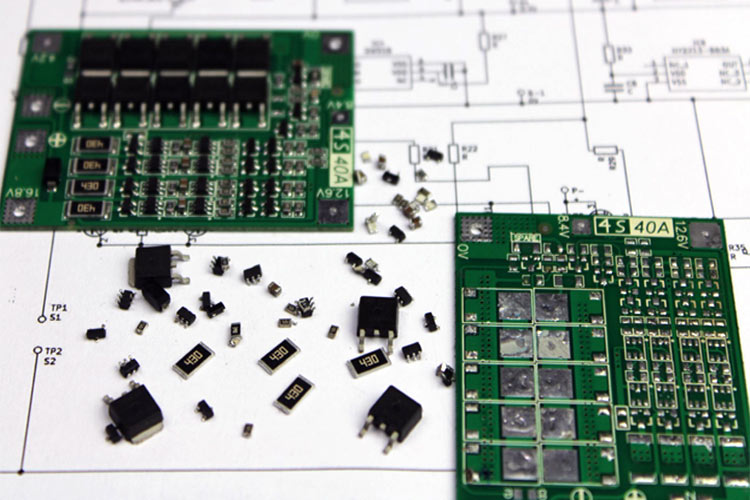rwolfe
Newbie

I'm making an active battery balancer for a battery system that needs a more aggressive balancer than just using resistors.
One of the candidate layouts is a capacitor-based system (see below). For this system, a pair of contacts/relays (shown as red and green switches) for a high cell will close to charge up a capacitor network. Then that pair will close. The capacitor network will reconfigure to put the capacitors in series (and thus boost voltage). Then a different pair of contacts/relays will close to absorb that energy.
I'd like to avoid using electromechanical contacts/relays as the cycle count will be high. To use a semiconductor device, it needs to be able to withstand polarity flips as the circuit operates. This is something I'm having trouble finding.
Can someone advise me how to find such a component?
For reference, average current would be at least 2 A, preferably in the 5-10A range. I could adjust stack size to accommodate voltage tolerances, but, the diagram shown would have the switches seeing roughly +/- 20V.

One of the candidate layouts is a capacitor-based system (see below). For this system, a pair of contacts/relays (shown as red and green switches) for a high cell will close to charge up a capacitor network. Then that pair will close. The capacitor network will reconfigure to put the capacitors in series (and thus boost voltage). Then a different pair of contacts/relays will close to absorb that energy.
I'd like to avoid using electromechanical contacts/relays as the cycle count will be high. To use a semiconductor device, it needs to be able to withstand polarity flips as the circuit operates. This is something I'm having trouble finding.
Can someone advise me how to find such a component?
For reference, average current would be at least 2 A, preferably in the 5-10A range. I could adjust stack size to accommodate voltage tolerances, but, the diagram shown would have the switches seeing roughly +/- 20V.

